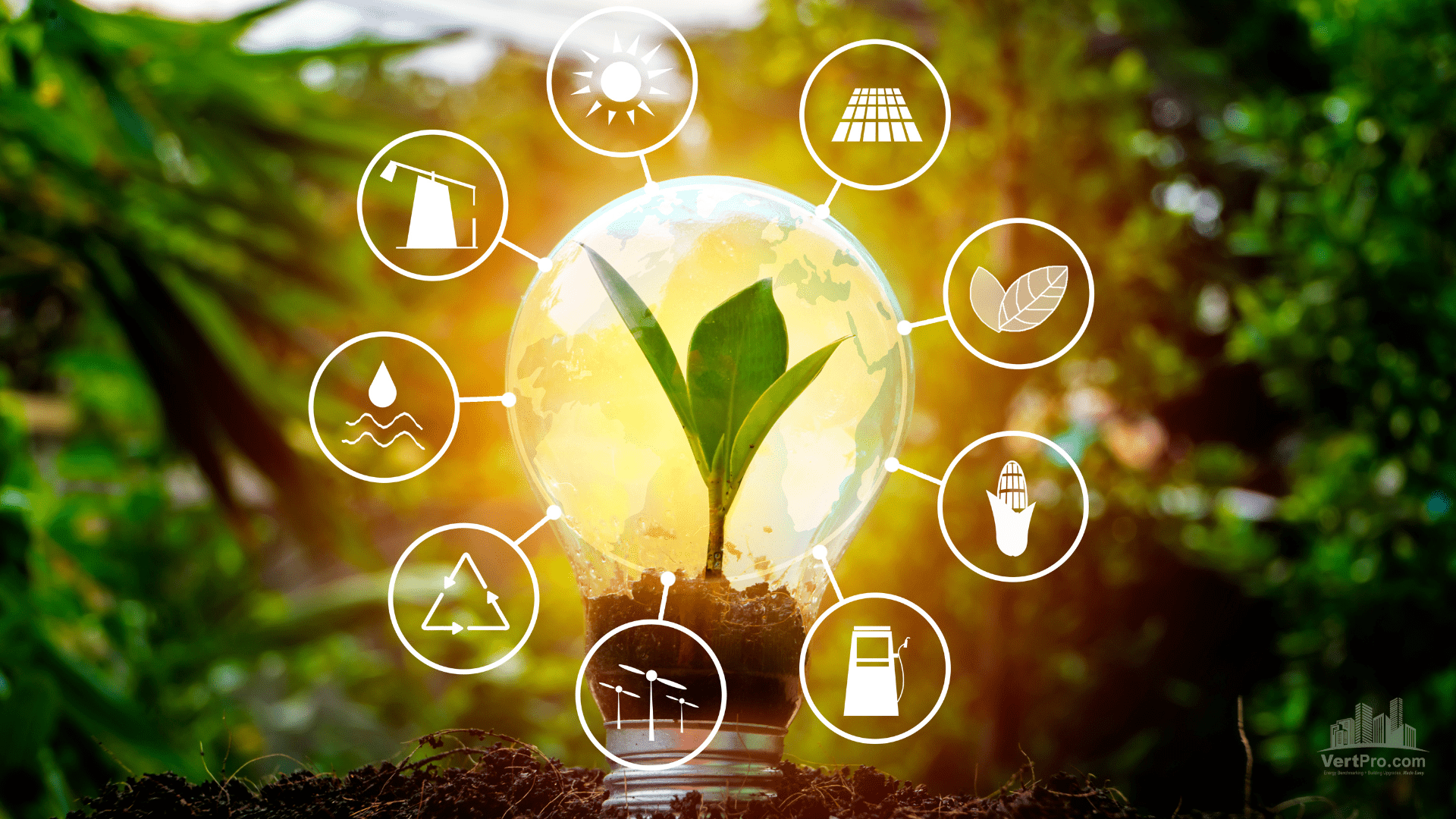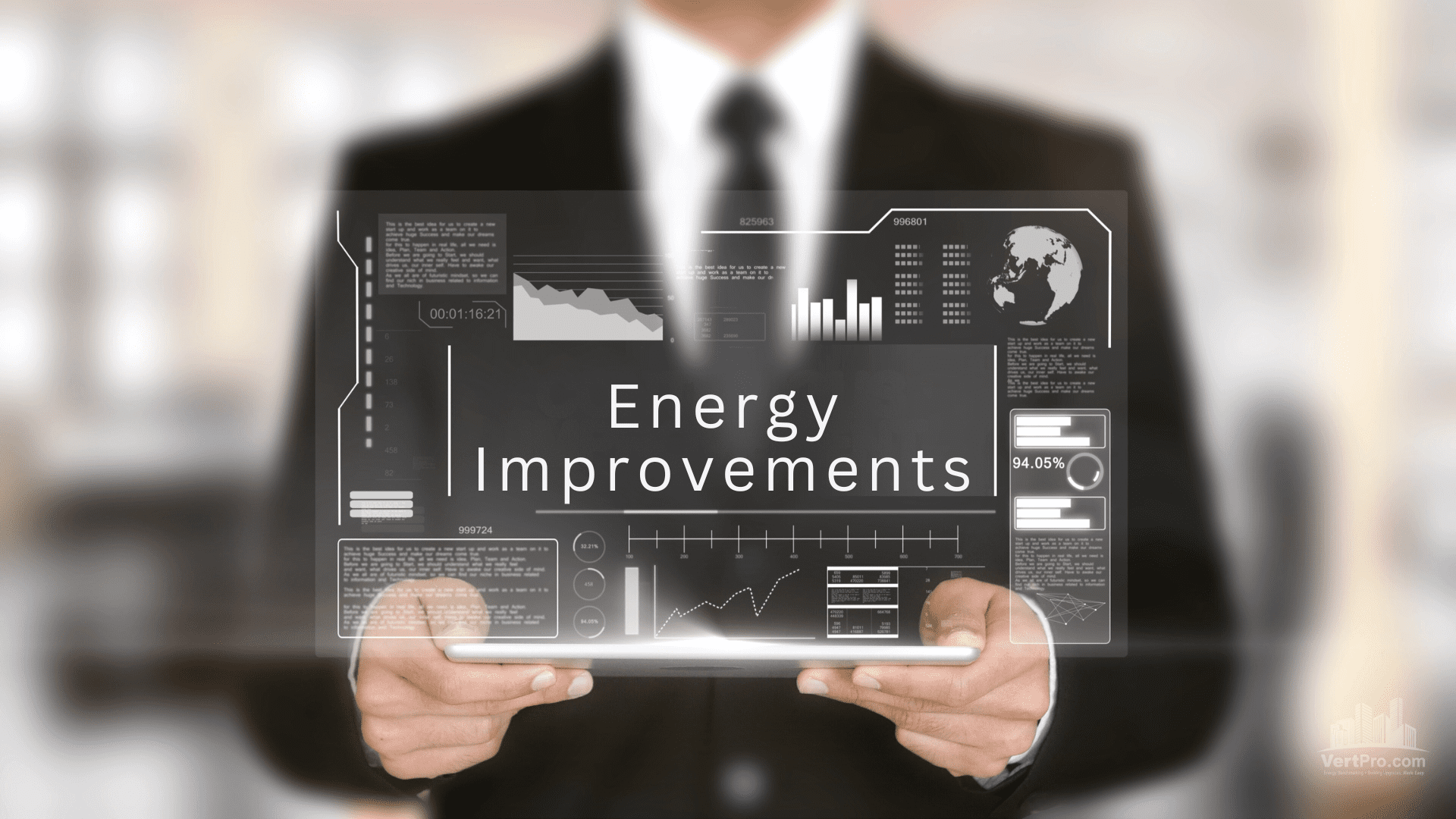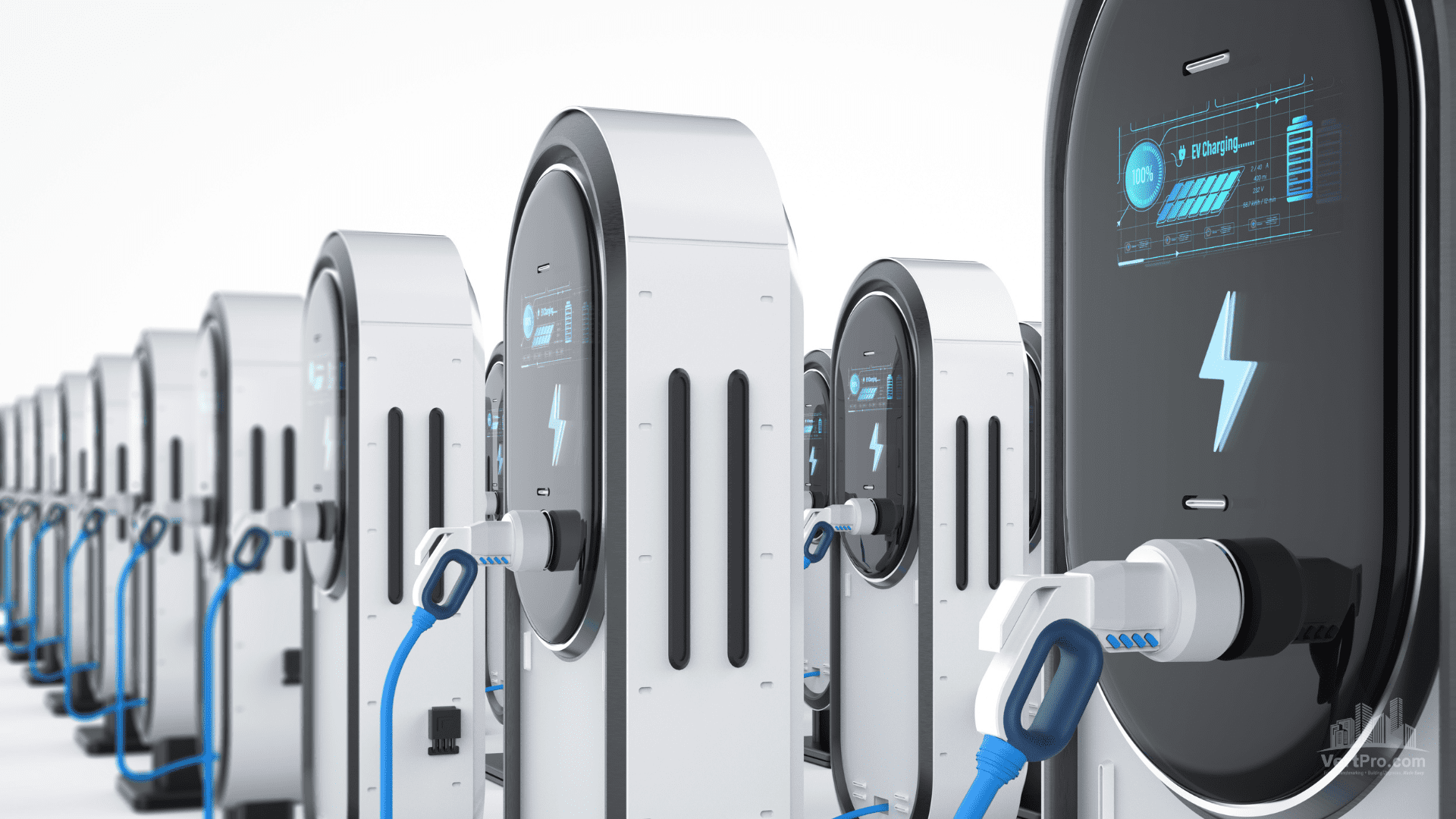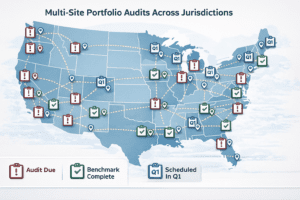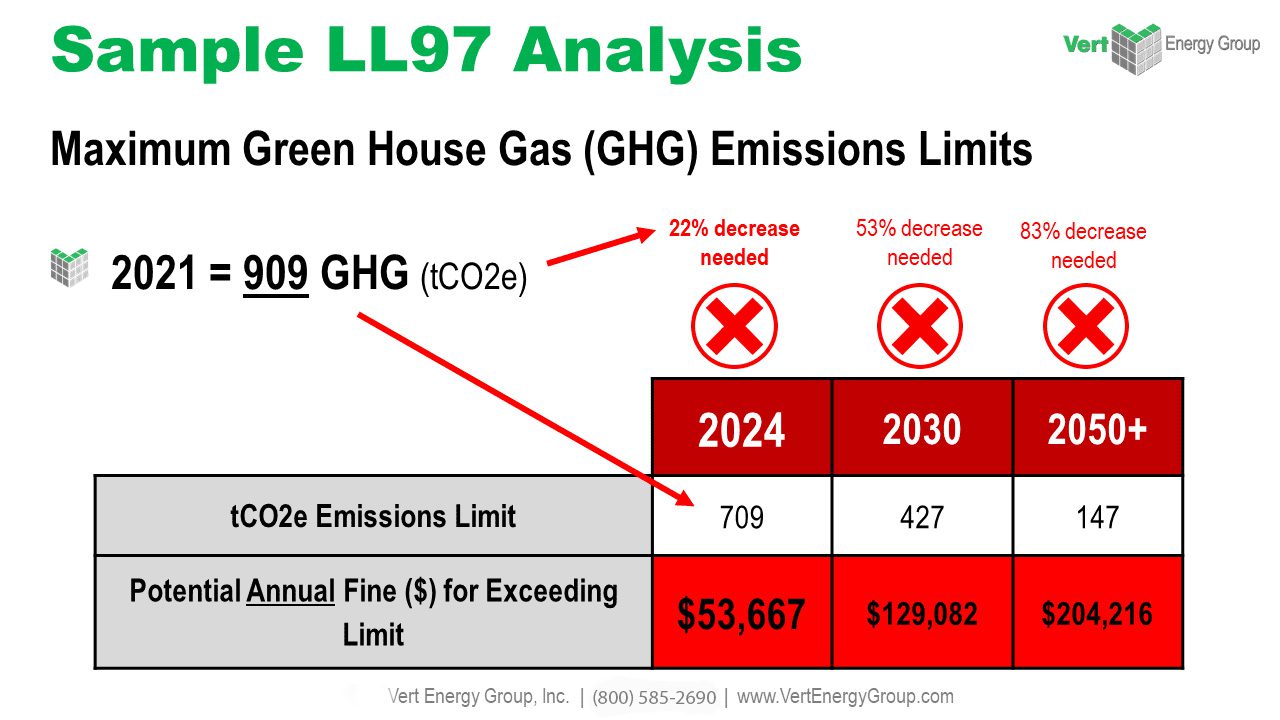May's Momentum: Energizing Sustainability and Compliance
As we embrace the vibrant growth of May, it's crucial for property managers to harness this energy for sustainability and compliance strides. The real estate sector is buzzing with advancements that promise to streamline operations, meet stricter energy benchmarks, and fulfil corporate social responsibility. This edition of VertPro® Insights is your guiding light through the latest in energy storage breakthroughs, eco-friendly finance options, and the burgeoning EV infrastructure. We’ll also celebrate the success of properties making significant energy efficiency strides. In this season of renewal, let these stories and insights empower you to make impactful decisions—fertilizing the grounds of your property’s efficiency and compliance, ready for the sustainability harvest that lies ahead. May heralds not just a change in nature, but a transformative leap in green property management.
The intersection of energy needs and sustainability goals has placed commercial energy storage systems (ESS) in the limelight. With a surge in efficient, scalable storage solutions, the commercial sector is poised to overcome one of its most persistent challenges: energy management.
Efficiency and Scalability
The rapid evolution of battery technology is marked by the improved efficiency of lithium-ion batteries and the emergence of solid-state and flow batteries. These innovations offer higher safety, better environmental compatibility, and longer-duration power delivery, making them ideal for commercial use.
Grid Stability and Backup Power
Energy storage systems have become essential in stabilizing the electrical grid by leveling out energy loads—absorbing excess during low demand and providing additional power during peak times. This not only aids in reducing blackouts but also limits reliance on carbon-heavy peaker plants. For commercial properties, ESSs ensure reliable power and can lead to cost savings, especially where demand charges are high.
Energy storage also provides a robust backup during outages, maintaining operations for businesses where power continuity is critical, such as hospitals and data centers.
Renewable Integration
The pairing of storage systems with renewable installations like solar and wind is transformative. ESSs allow excess renewable energy to be stored and used when needed, enabling properties to approach or achieve net-zero energy status, balancing total energy consumption with renewable production.
Intelligent Management
Modern ESSs utilize smart management technology, predicting consumption patterns and optimizing charge cycles. Integrations with IoT and AI for real-time analysis and autonomous adjustments are critical for a future of smarter buildings.
Economic Incentives
The financial landscape for energy storage is brightening with tax incentives, rebates, and depreciation benefits lowering the overall cost of adoption. Economic incentives have significantly improved the return on investment for ESS, paving the way for wider implementation across the commercial real estate sector.
The Road Ahead
The future of energy storage is ripe with potential, heralded by ongoing research into materials and engineering, promising even more effective, longer-lasting, and eco-friendly solutions. The strategic investment in energy storage by commercial property owners heralds a new era—of sustainability, resilience, and economic wisdom.
In summary, the advancements in commercial energy storage systems bring to light a future where energy is consumed sustainably and managed with greater intelligence. As the natural world awakens in May, let our sustainability efforts in energy management be equally energetic and forward-thinking, with ESS serving as a cornerstone of a resilient, efficient future.
In an era where sustainability is paramount, green financing has emerged as the linchpin for property owners aiming to ride the wave of eco-conscious transformation. Understanding the financial mechanisms available is critical to unlocking the potential of your property’s sustainable future.
Green Bonds: The Power to Build
Green bonds are a cornerstone of environmental finance. These debt instruments fund projects with positive environmental impacts, such as renewable energy installations or energy-efficient building upgrades. When issuing green bonds, property owners can attract a new set of investors—those focused on sustainability—which often results in competitive interest rates reflective of the bond’s green premium.
Sustainability Loans: Incentive-Linked Financing
Sustainability loans are tailored for projects that meet predefined environmental objectives. Their unique feature is the interest rate structure, which can be linked to the achievement of certain sustainability targets—effectively reducing borrowing costs as green goals are met. These loans incentivize property owners to exceed baseline sustainability standards, ensuring projects have tangible environmental benefits.
Government Incentives: A Helping Hand
Government incentives are significant enablers of green transformation. Tax credits, rebates, and grants are available for a variety of initiatives, including high-efficiency HVAC systems, solar panel installations, and LED lighting retrofits. For example, the Investment Tax Credit (ITC) reduces tax liability for those who install solar energy systems, easing the financial burden of transitioning to renewable energy.
Navigating the Green Financial Landscape
Navigating the green financial landscape entails a comprehensive understanding of the available tools and the strategic integration of these instruments into your funding portfolio. It’s essential to match your project’s needs with the right type of financing; whether that’s a loan for a retrofit project or a bond for a larger redevelopment.
Conclusion: A Sustainable Investment
Investing in green finance is more than an environmental statement; it’s a financial strategy aligned with the future of the real estate market. As regulations tighten and tenant preferences shift towards greener living spaces, properties equipped with sustainable technologies are positioned to outperform their conventional counterparts, both in terms of operational savings and market value.
In the push towards green transformation, the role of finance is critical. Green bonds, sustainability loans, and government incentives form a triad of opportunities that can catalyze the transition to sustainability. By leveraging these financial tools, property owners can secure the capital needed to propel their buildings toward a greener, more profitable horizon.
The electric vehicle (EV) wave is accelerating, and with it comes a critical need for widespread charging infrastructure. Commercial real estate is uniquely positioned to meet this demand by integrating EV charging stations—a move enhancing property appeal and aligning with global sustainability goals.
Driver Demand and Property Value
As EV ownership skyrockets, access to charging stations is becoming a key consideration for drivers. By offering this amenity, commercial properties can attract a forward-thinking clientele and tenants, in turn increasing foot traffic and property values. Moreover, providing EV charging facilities is quickly transitioning from a differentiator to a competitive necessity in the commercial real estate market.
Incentives and Partnerships
Recognizing the importance of EV infrastructure, governments worldwide are providing incentives to ease the installation costs, including tax credits, grants, and rebates. Property owners can also engage in partnerships with EV charging service providers, which often involves the provider bearing the equipment and installation expenses in exchange for a share of the user fees.
Operational Considerations
Implementing EV charging stations involves several operational considerations, from selecting the appropriate level of charging technology to managing the balance between parking space availability and charging demand. Level 2 chargers, for instance, are suited for places where cars can be parked for longer durations, such as workplaces or shopping centers, whereas DC fast chargers cater to quick turnaround locations like gas stations and convenience stores.
Sustainability and Compliance
Installing EV charging stations not only responds to market trends but also aligns with environmental policies and regulatory compliances. As governments intensify their focus on reducing carbon emissions, properties with EV infrastructure are set to be more compliant with future regulations. This foresight can also lead to subsidizations, certifying the property’s commitment to sustainable practices.
A Strategic Approach to Installation
For commercial properties, the strategic placement and marketing of EV charging stations can serve as a statement of commitment to sustainability. It’s not merely about catering to the current EV market but positioning the property at the vanguard of a greener future.
Conclusion
The rise of EV charging stations in commercial real estate is a manifestation of a broader shift towards environmental consciousness and technological adoption. As the landscape of transportation evolves, properties equipped with EV infrastructure will stand at the forefront, offering a valuable service, enhancing their attractiveness, and making a clear statement about their commitment to a sustainable future.

AI for HVAC: Intelligent Climate Control in Large Commercial Spaces
Artificial Intelligence (AI) is transforming the landscape of heating, ventilation, and air conditioning (HVAC) systems in large commercial spaces. Beyond the realm of traditional programmable thermostats, AI for HVAC represents a paradigm shift towards smarter, more responsive climate control systems that promise enhanced comfort, optimized energy use, and reduced operational costs.
Smart Optimization
AI-driven HVAC systems thrive on data and machine learning algorithms to predict heating and cooling needs with precision. By analyzing factors such as occupancy patterns, weather forecasts, and thermal characteristics of the building, AI adjusts HVAC operations in real-time for maximum efficiency. This preemptive adjustment not only ensures an optimal indoor climate but also avoids the energy waste of reactive temperature control.
Enhanced Comfort
Comfort in commercial spaces is paramount for productivity and visitor satisfaction. AI for HVAC tailors the indoor environment to suit diverse preferences and schedules, maintaining different temperatures in distinct zones and adapting to changes in occupancy. This personalized approach to climate control can significantly boost the comfort levels within commercial properties, fostering a better experience for occupants and visitors alike.
Maintenance and Longevity
One of the most significant advantages of AI in HVAC systems is predictive maintenance. By constantly monitoring the performance and condition of HVAC components, AI can anticipate maintenance needs before they escalate into costly repairs or system downtime. This extends the lifespan of HVAC equipment, reduces the frequency of emergency repairs, and ensures consistent performance.
Cost Reductions
Operational savings are among the top benefits of integrating AI into HVAC. Smart systems reduce energy consumption, which is often one of the highest operational costs in commercial real estate. By optimizing energy use, property owners can expect a reduction in utility bills, yielding a rapid return on investment for the AI technology.
Conclusion
AI for HVAC is an innovative solution that aligns with the growing demand for intelligent building management. As we look towards a future where efficiency and sustainability are non-negotiable, the adoption of AI in climate control systems is not just a luxury—it’s a strategic necessity. The intelligent automation of HVAC functions heralds a new era in property management, one where the comfort of tenants is guaranteed, and the energy footprint is minimized, all managed by the unseen but ever-vigilant eye of artificial intelligence.
Incentive Insights: Capitalizing on Government Programs for Energy Improvements
The landscape of government programs for energy improvements offers a treasure trove of incentives that can significantly bolster the ROI of sustainability projects. Navigating this realm can unlock financial support for property owners committed to enhancing energy efficiency.
Tax Credits and Rebates
Tax incentives, like credits and rebates, are powerful tools. For instance, the Investment Tax Credit (ITC) slashes the tax bill for those installing solar energy systems, offering immediate financial relief. Additionally, rebates can offset upfront costs for upgrades such as insulation, energy-efficient windows, or high-efficiency HVAC systems, reducing the initial investment barrier.
Grants and Subsidies
Grants and subsidies provide direct support for energy-efficient projects. These funds may cover a range of initiatives from large-scale renewable energy installations to small-business energy assessments. Property owners can leverage these programs to undertake extensive retrofits without bearing the entire financial weight themselves.
Low-Interest Financing and Loan Programs
Government-backed loan programs often offer low-interest financing for energy efficiency upgrades, renewable energy installations, and green construction. Terms are typically more favorable than traditional loans, easing the long-term financial commitment required for substantial property upgrades.
Performance-Based Incentives
Some government programs reward performance directly, offering payments based on the amount of energy saved or generated. These incentives encourage property owners to maximize their energy efficiency measures and invest in more advanced technologies, as the financial return scales with performance.
Navigating the Incentives
To fully capitalize on these programs, property owners should stay informed of regional and federal incentives, understanding the specific requirements and deadlines each program entails. Engaging with energy consultants or using platforms like VertPro® can provide clarity and facilitate the application process, ensuring property owners don’t miss out on valuable opportunities.
Conclusion
As the legislative environment continually evolves, staying abreast of government programs is crucial for anyone in the commercial real estate sector. These incentives not only make energy improvements more financially viable but also signify a commitment to a more sustainable and resilient energy future. Tapping into these resources can ease the transition towards greener properties, making it an economically savvy and environmentally responsible strategy.
Energy-Saving Tips for Warmer Weather
Warmer weather signals a spike in energy use as cooling systems kick into high gear. Here are some quick tips to help your property stay cool while conserving energy:
- Shade and Reflect: Install reflective window films and invest in shading solutions like awnings or blinds to minimize solar heat gain.
- Smart Thermostats: Utilize programmable thermostats to adjust temperatures during off-hours and make use of energy-saving settings.
- Regular Maintenance: Ensure your HVAC system is serviced regularly for optimal performance; clean or replace filters monthly to improve efficiency.
- Use of Fans: Strategically placed ceiling fans can create a wind-chill effect, allowing for higher thermostat settings without sacrificing comfort.
- LED Lighting: Switch to LED lighting, which emits less heat than traditional bulbs, reducing the burden on your cooling systems.
- Insulation Checks: Re-insulate where necessary to prevent cool air from escaping and heat from infiltrating your spaces.
- Energy Audits: Consider conducting an energy audit to identify where your property could be losing energy and gain tailored recommendations for improvements.
Implementing these simple actions can lead to substantial energy savings, helping your property stay efficient and comfortable as the temperatures rise.
As May unfolds, the seeds of sustainability sown in the spring begin to take root with greater vigor. This blossoming is mirrored in our drive to elevate property management to new heights of ecological responsibility and efficiency. This edition of VertPro® Insights has illuminated pathways for harnessing green financing, integrating cutting-edge technologies, and embracing legislative incentives—all of which chart a course for sustainable advancements in our industry.
The adoption of AI for intelligent HVAC controls, the strategic placement of EV charging stations, and the exploration of commercial energy storage systems are more than just innovative ideas—they are tangible actions reshaping our properties into models of sustainability. These are the keystones for building resilience against the rising tides of environmental and regulatory change.
We must harness the momentum of this month’s green energy surge, steering our properties with the precision of AI, the assurance of robust energy systems, and the commitment to sustainability that our times demand. By doing so, we not only support the environment but also cultivate an ecosystem of commercial properties that are as financially sound as they are environmentally conscious.
VertPro® remains your ally in this sustainable journey, offering the tools and insights necessary to navigate this dynamic landscape with confidence. As we drive forward, let the progress highlighted in this issue serve as a beacon, guiding us toward a future where commercial real estate is synonymous with innovation, compliance, and sustainability.
Embrace the sustainable momentum of May—let its energy invigorate your efforts to elevate your properties and make every investment count towards a greener and more prosperous tomorrow. With VertPro® by your side, the journey towards a sustainable horizon is one we undertake together, building a legacy that will stand the test of time.
